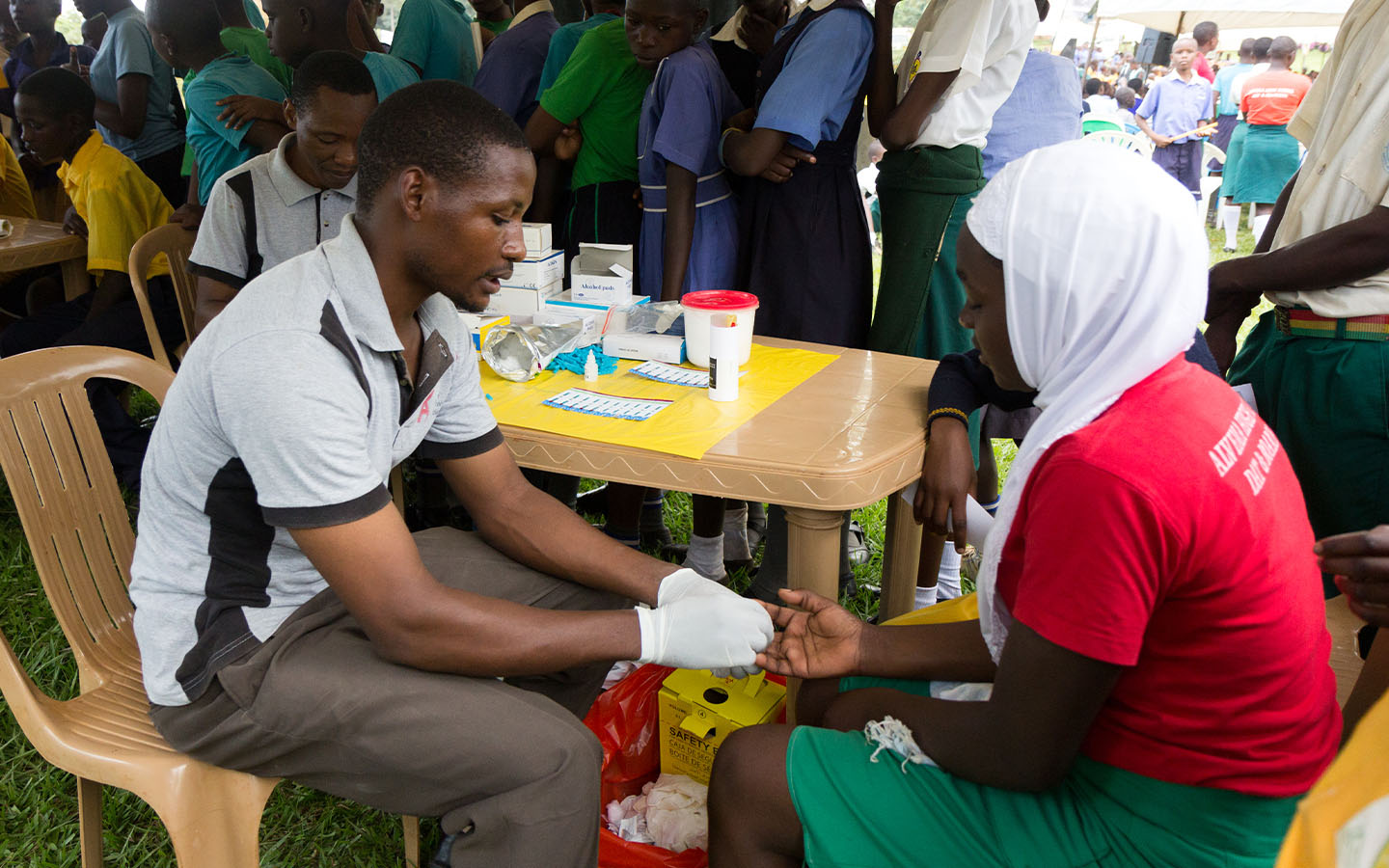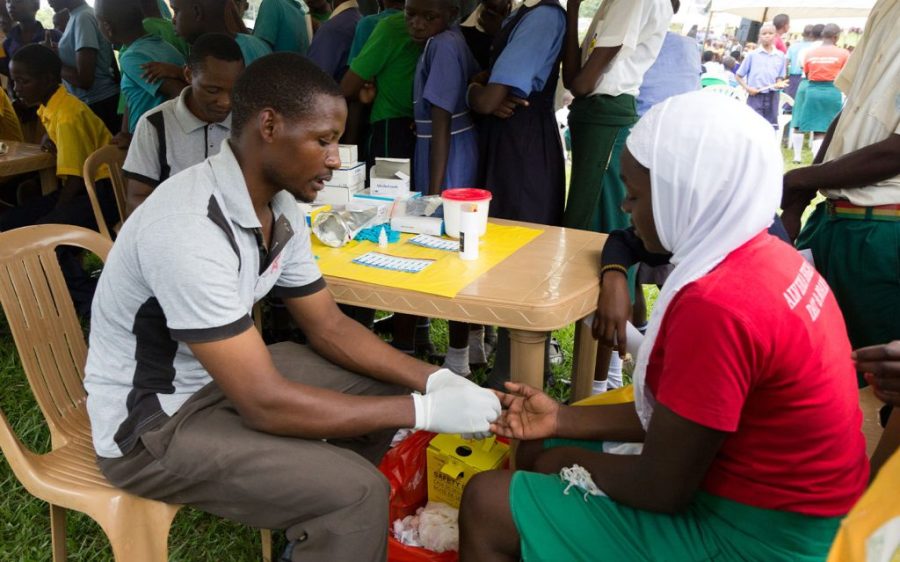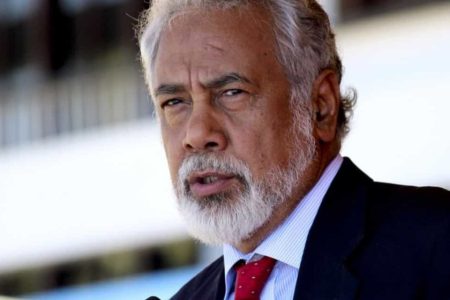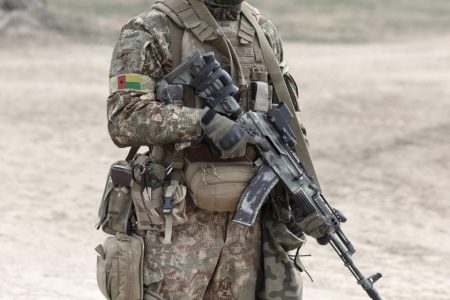Mozambique has the third largest population of people living with HIV in the world, reports the Portuguese news agency Lusa, a figure that is likely to soar amid dramatic cuts in US aid.
The annual report from the Parliamentary Office for HIV Prevention and Control, released on Tuesday, estimates that between 2.3 and 2.6 million Mozambicans, including 125,000 to 170,000 children, are living with HIV. Prevalence of the disease is highest among vulnerable groups, like mobile and migrant workers (22.3 percent), long-distance truck drivers (15.4 percent), and adolescent girls and young women aged 15 to 24 (15 percent), a group that saw around 23,000 new infections in 2023.
Boys and men of the same age face a much smaller risk, with the most pronounced difference in the 20 to 24 age range, where prevalence is 3.1 times higher among women than men. Mozambique ranks even higher in new infections, with the second-most in the world, underscoring the continued need for joint, coordinated efforts to stem the spread of this deadly disease.
The United States, historically Mozambique’s greatest ally in this work, effectively abandoned its multibillion-dollar programme to eradicate HIV/AIDS globally in January. Four months later, countries and aid organisations around the world are facing dramatic budget shortfalls, dwindling medication reserves and supply chain disruptions that threaten millions of lives.
[See more: Mozambique cuts malaria cases by 12 percent in 2024]
On his first day in office, US President Donald Trump issued an unprecedented executive order suspending nearly all foreign aid for 90 days. Within a week, United States Agency for International Development (USAID) offices in Mozambique closed and staff were forced to stop work. Prior to the order, Mozambique received more than US$1 billion annually, around US$400 million of which went to programmes to fight HIV/AIDs. The country also relies on organisations like the UNAIDS – the United Nations joint programme on HIV/AIDS – which in turn received 40 percent of its budget from USAID.
A month later, the State Department announced that it had terminated nearly 6,000 foreign aid contracts issued by USAID, effectively shuttering the agency and its flagship HIV/AIDS programme. Established in 2003 by then-President George W Bush, the President’s Emergency Plan for AIDS Relief (PEPFAR) has invested over US$110 billion in responding to HIV/AIDS globally, preventing an estimated 26 million deaths, millions of infections and accelerating progress toward control of this pandemic.
“These are not mere programs to be switched on and off by decree,” Jirair Ratevosian of the Duke Global Health Institute, former chief of staff at PEPFAR, told Science. “This will be a bloodbath. Millions will suffer as a result of these actions, and global health – and the very notion of solidarity – will be unrecognizable.”
A new study found that South Africa, which has the highest number of people living with HIV at 8 million, can expect the loss in funding to lead to 565,000 additional new HIV infections and 601,000 more deaths by 2034. Other countries in the region, including Mozambique, will face even larger challenges in replacing PEPFAR funding due to their weaker economies. To date, Mozambique has received over US$5.2 billion in funding from PEPFAR, enabling the provision of medication to more than 2 million people living with HIV, as well as numerous other services through clinical and community partners.






